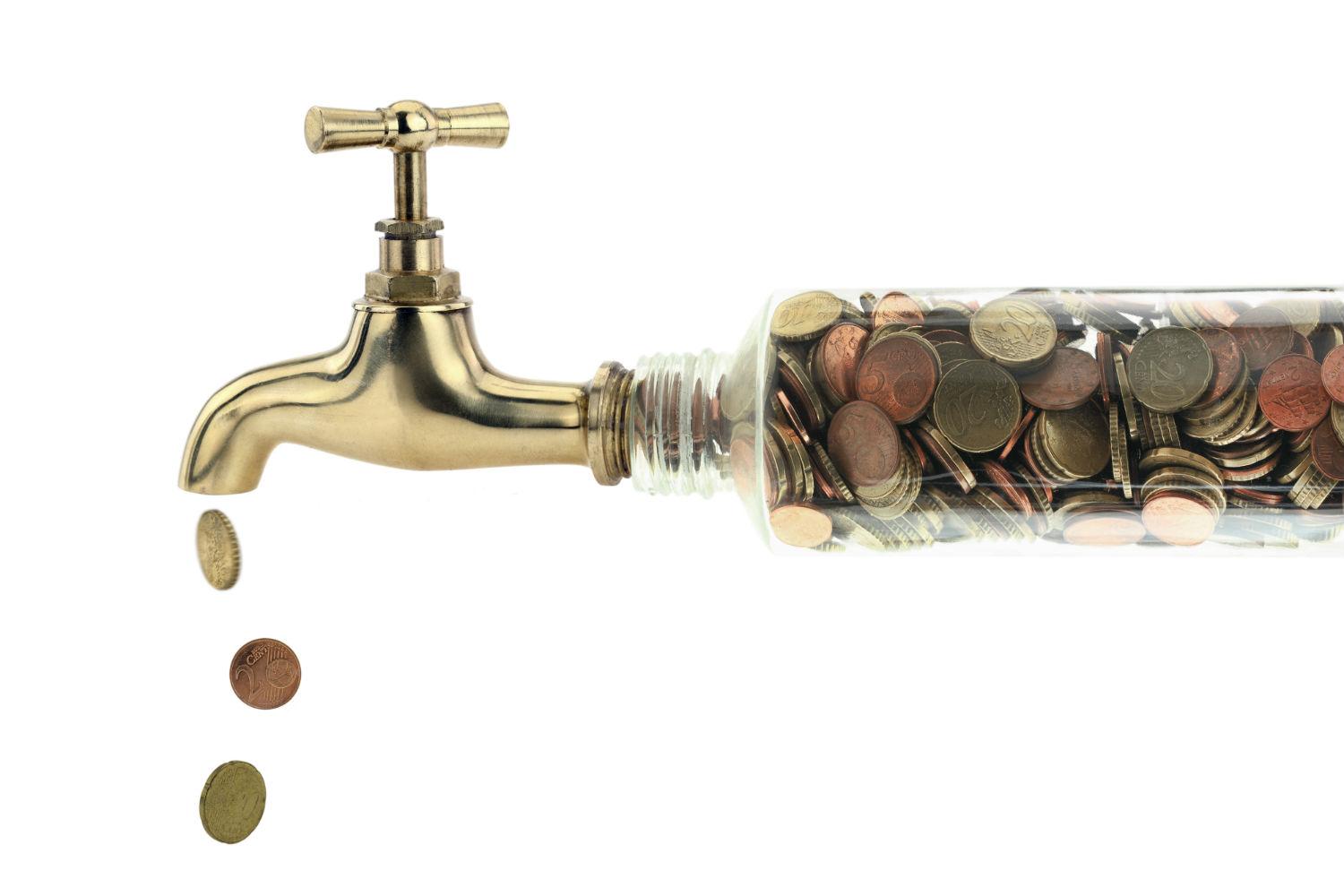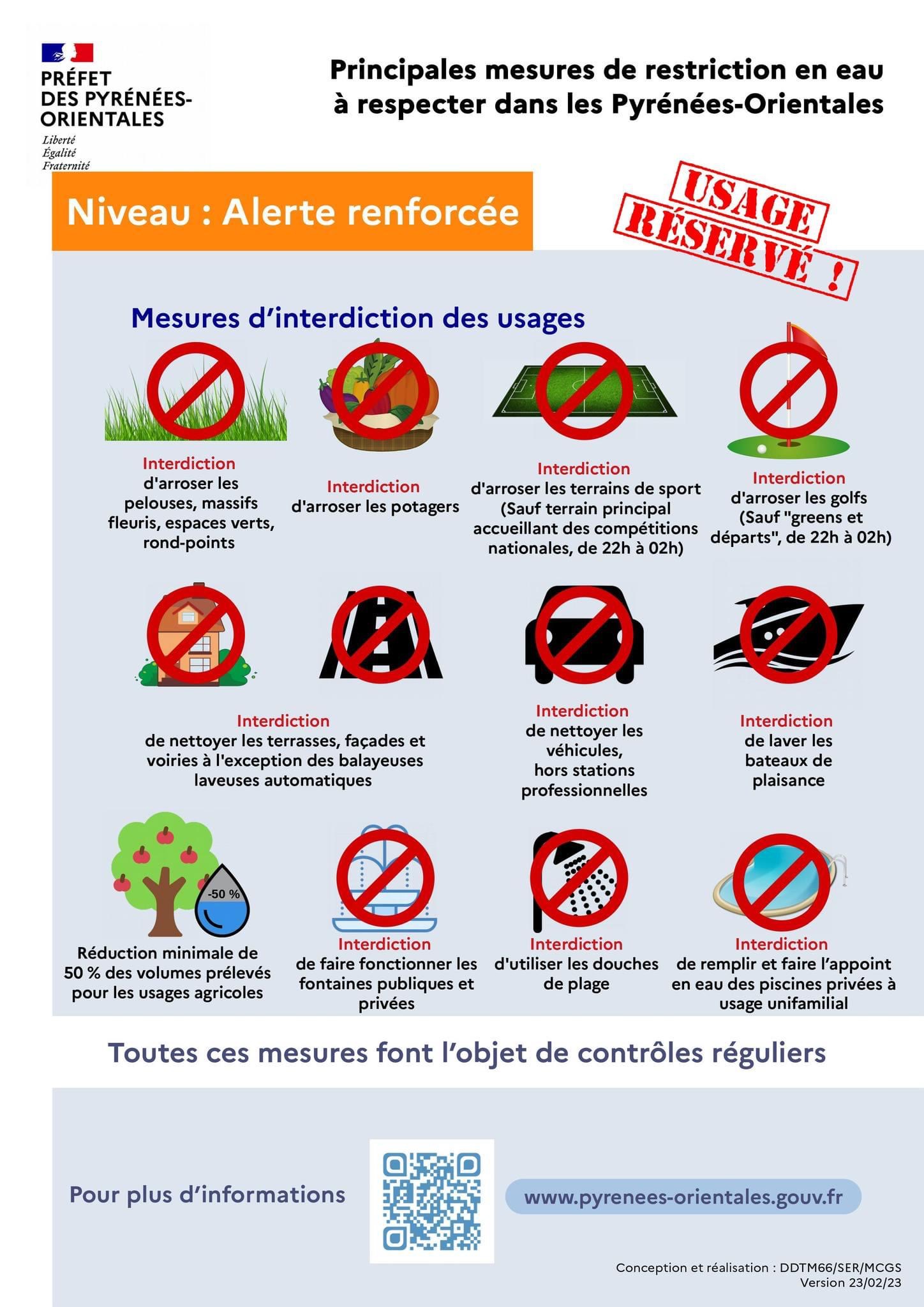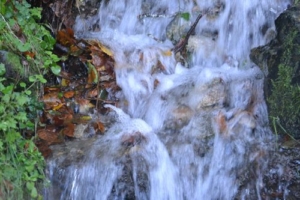Ist April 2025
Troubled Waters
As the water shortage grows critical, the prefect for the Pyrenees 0rientales has announced further special measures, to add to the restrictions already laid out, unprecedented at this time of year.
The latest exceptional decision, in place for the next two months, has been taken due to a lack of substantial rainfall in autumn, after a particularly hot summer.
In addition to the restrictions below, it is now ‘interdit’ to flush your lavatory more than once per day. If you have several ‘petits coins’, you may use all but should chose the one that is the most ‘chargé’ for the final flush at the end of the day. Where there are several people living in one home, it is suggested that you leave a gap between visits to give any solids created by the previous user the chance to sink.
Residential water usage will be monitored remotely by water companies Veolia and SAUR., who will pass on evidence of over-flushing to the authorities.
Flush twice and Urine Trouble
A fine of 1,500€ could be imposed on those showing a ‘manque de civisme’ said the mayor of Perpignan. , who made it clear that water boards have orders to flush out anybody abusing the cistern.


With consumption rising and resources falling, pollution of our water is likely to become a real problem in the future. For now, water restrictions are as follows.
- the use of water for leisure activities eg filling up swimming pools, although the ‘mise à niveau’ – small top ups – is acceptable.
- washing your car other than in commercial car washes, which may still be used if open.
- watering lawns.
- the hosing down of terraces and house fronts other than after building works.
- the hosing down of boats and leisure vehicles

Normally, in the summer, vegetable gardens MAY be watered before 8h and after 22h and flower beds watered manually. However, these winter restrictions ban this.
Failure to respect these restrictions could result in a fine of several thousand euros. Spot checks could be carried out.
Check out www.pyrenees-orientales.gouv.fr for more details.

Check out the government’s colour coded map of regional water restrictions HERE
With consumption rising and resources falling, pollution of our water could become a real problem in the future. Low ground
ALERTS: Understanding the colour coding of the government water restriction map.
GREYVigilance
: Information et incitation des particuliers et des professionnels à faire des économies d’eau
Encourages public to cut down on water usage where possible.
YELLOW
Alerte : Réduction des prélèvements à des fins agricoles inférieure à 50% (ou interdiction jusqu’à 3 jours par semaine), mesures d’interdiction de manœuvre de vanne, d’activité nautique, interdiction à certaines heures d’arroser les jardins, espaces verts, golfs, de laver sa voiture, …
Farmers should cut down usage bu 50% and a ban on watering gardens, washing cars etc, at certain times.
ORANGE
Alerte renforcée : Réduction des prélèvements à des fins agricoles supérieure ou égale à 50% (ou interdiction supérieure ou égale à 3,5 jours par semaine), limitation plus forte des prélèvements pour l’arrosage des jardins, espaces verts, golfs, lavage des voitures, …, jusqu’à l’interdiction de certains prélèvements
Similar to yellow (above) but with more severe measure and bans depending on each department.
RED
Crise : Arrêt des prélèvements non prioritaires y compris des prélèvements à des fins agricoles. Seuls les prélèvements permettant d’assurer l’exercice des usages prioritaires sont autorisés (santé, sécurité civile, eau potable, salubrité)
Crisis level. Ban on all non priority usage of water, allowing for only usage for health, security, drinking water…..)
particuliers – individuals
prélèvements – usage/withdrawal
interdiction – ban


If that’s an April fools joke 8ts in very poor taste !
Not funny at all.
Well, it made me laugh!
Good April fools day joke
I can’t find any mention of a flushing restriction on the government website. It would pose a severe health risk if there really is one, especially in the summer months when diarrhoea-type diseases are more frequent. Admittedly using 7 litres of clean water per flush is crazy but that isn’t the fault of the domestic consumer – the real problem is leaks which remain unrepaired plus France has very few water recycling plants. As usual, the consumer gets blamed for a situation that is entirely beyond their control.
In fact, the very idea of a water closet is madness if you think about it!
Seems like a strange one, there are many other things that would be likely to be restricted before toilet flushing, and even when it is it is highly unlikely they would recommend the course of action listed here due to blockages and health reasons. I may be wrong but this looks worthy of a fact check.
Is this a poisson d’avril?